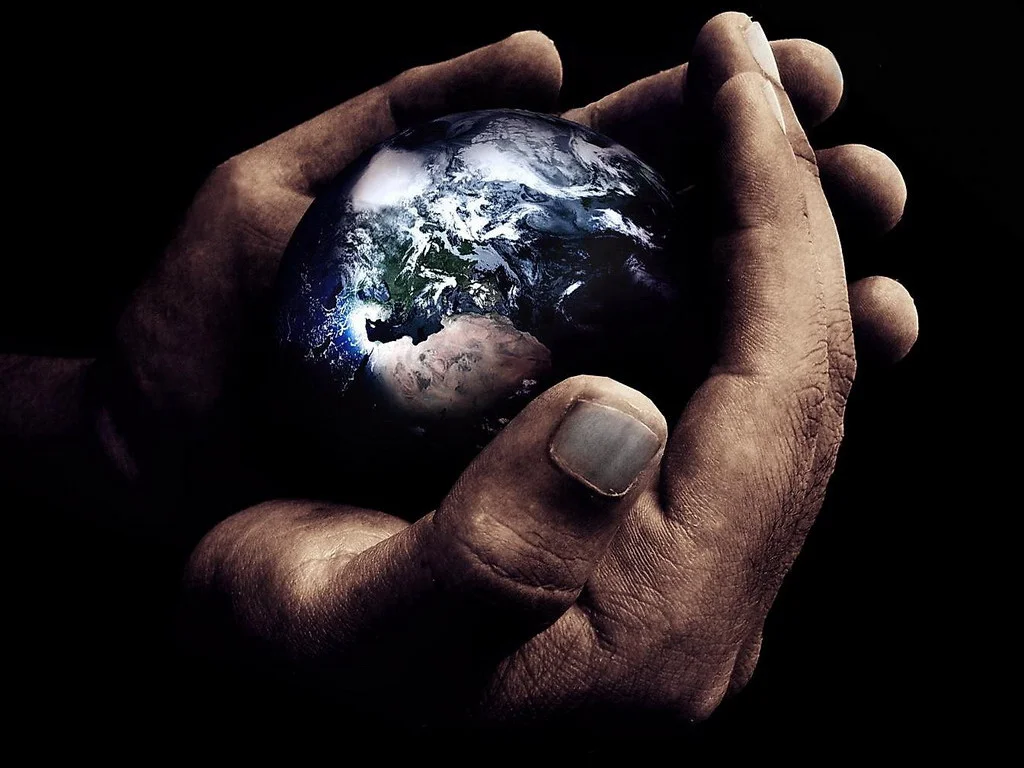Photovoltaic Water Pumps
One of the most immediate and lethal problems facing many third world countries is the availability of clean drinking water. Solar powered technologies can help alleviate this problem with minimal cost using a combination of solar powered well pumping, a water tower or other holding tank, and a solar powered water purifier. These technologies require minimal maintenance, have low operational costs, and once set up, will help provide clean water for drinking and agriculture. With large enough reservoirs for the water that has been pumped and purified with solar powered technology, a community will be better able to withstand drought or famine. This reservoir water could be consumed by humans, livestock, or used to irrigate community gardens and fields, thus improving crop yields and community health. A solar powered water purification system can be used to clean many pathogens and germs from groundwater and runoff. A group of these devices, filtering the water from wells or runoff could help with poor sanitation and controlling the spread of waterborne illnesses. Even though this solar technology may have a higher starting cost than that of conventional fossil fuel, the low maintenance and operation cost and the ability to operate without fuel makes the solar powered systems cheaper to keep running. A small rural community could use a system like this indefinitely, and it would provide clean drinking water at a negligible cost after the initial equipment purchase and setup. In a larger community, it could at least contribute to the water supply and reduce pressures of daily survival. This technology is capable of pumping hundreds of gallons of water per day, and is limited only by the amount of water available in the water table.














